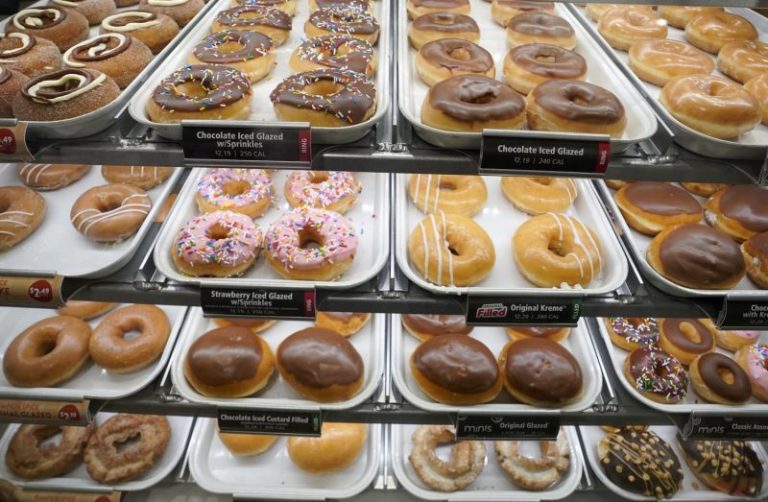Binance Coin (BNB) price eyes massive gains past $700 after fees on the BSC Chain dropped by 90% after a recent proposal filed by Changpeng Zhao (CZ) passed. The declining fees have seen the blockchain hit a one-year milestone, making the case for a sustained upward trend.
At press time, BNB trades at $634 with a 3% gain in 24 hours. Its gains follow a strong bullish momentum across the broader crypto market as Bitcoin price topped $100,000, pushing altcoins higher.
BNB Price Targets $700 as Two Bullish Patterns Emerge
BNB price may be on the verge of an upswing towards $700 as teased by the double-bottom pattern formation on the daily chart. The bullish trend depicted in this pattern will be confirmed if the coin can overcome resistance at the $644 neckline, as this will unlock the next bullish leg.
The target price for this double-bottom pattern is $732, and if the coin can reach this point, BNB eyes gains past $1,000.
The double-bottom pattern is not the only indicator of a strong bullish sentiment, as BNB has also flipped resistance at the upper trendline of a symmetrical triangle. This also supports a bullish Binance Coin price prediction that a rally to all-time highs is looming.
Meanwhile, technical indicators, including the AO histogram bars and the MACD, show that bears are no longer in control as the bullish momentum grows strong.
Binance Chain Fees Drop 90% After CZ Proposal
The recent decline in gas fees on the Binance chain may be the catalyst for the next BNB price rally towards all-time highs. Data from BSC Scan shows that the blockchain’s fee has dropped by 90% from 1 gwei to 0.1 gwei.
This decline comes a few days after Binance founder Changpeng Zhao suggested that the network’s fees be lowered 3x or 10x. The current gas fees on the BNB chain are now 40x times lower than the 4 gwei on Ethereum, according to data from etherscan.
The declining fees have not only bolstered bullish sentiment towards the BNB price but also increased network usage. Data from DeFiLlama shows that the network’s Total Value Locked (TVL) has increased past $8 billion to the highest level since January 2024.
At the same time, the total DEX volumes on the Binance Chain have soared to a six-week high of $2.12 billion. As the network’s usage and activity continue to rise, the price of Binance Coin will record a significant uptrend.
Therefore, as the fees on Binance Chain drop by 90% to 0.1 gwei, the network has recorded a notable surge in activity, which translates to gains for the BNB price. Moreover, the double-bottom pattern formation alongside a symmetrical triangle hints that the coin is on the verge of a major bullish breakout that may propel it past $700.
The post BNB Price Targets $700 as Binance Chain Fees Drop 90% After CZ Proposal appeared first on CoinGape.



